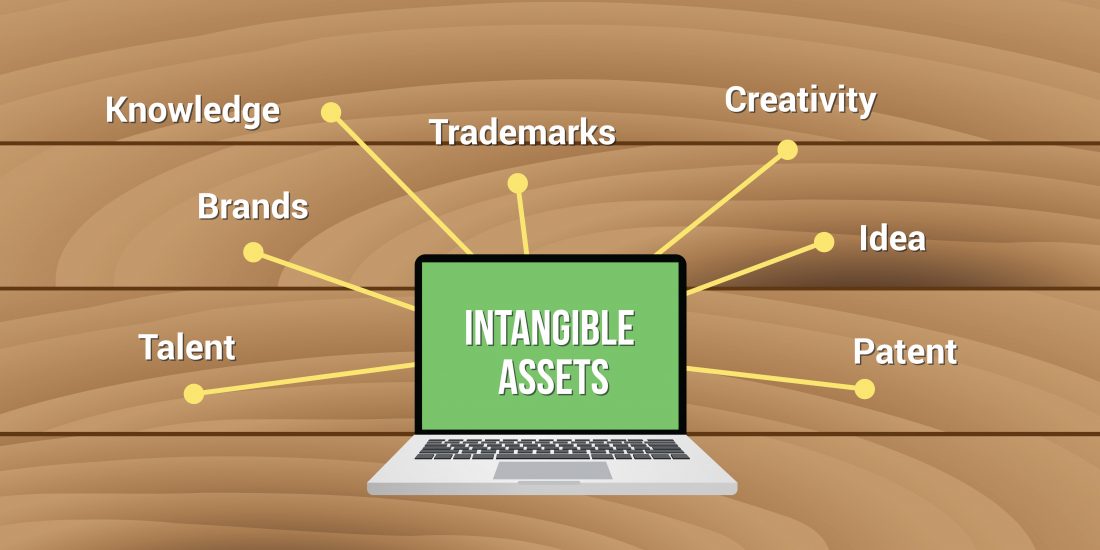


For businesses and individuals alike, intangible assets play an important role in the long-term. In fact, they are a source of creating more value. These assets are things that lack physical form or shape but add value to a person or an entity.
With respect to an entity, intangible assets may include patents, copyrights, trust, brand name and so on. On the other hand, intangible assets may represent talents, ideas, concepts, etc. for an individual.
Even though intangible assets have intrinsic value, it has so far been extremely difficult, if not impossible, to define its market price and add a number to it. We also had no solutions that could help give a viewable form to these assets such that we can store them or trade them in a market.
The advent of blockchain changes the way we deal with these assets. The distributed ledger technology blockchain allows us to take any form of asset and assign digital tokens to it. We can then securely store them on the ledger and can trade them in the market.
What is tokenisation and why is it so important?
In simple words, tokenisation is the process of creating blockchain-based tokens to represent real-world assets.
One of the most famous examples of blockchain tokenisation is seen in the real estate industry. All this time, the real estate market suffered from low liquidity and extremely high barriers of entry. Only those with large capital were able to invest in real estate.
However, now, with the help of blockchain tokenisation, we can create thousands or even millions of digital tokens to represent a single real estate property. So, in case we assign one million tokens to a condo worth 10 million dollars, each token will be worth $10. With this, people can easily invest a small amount in the condo and own a part of it.
Additionally, as we have a million tokens that represent the same condo, there is also increased liquidity that would allow people to cash in more easily compared to the traditional approach.
Tokenising intangible assets
Using blockchain tokenisation, we can create tokens that represent an idea, brand trust, a design, or just any other intangible asset. We may then put it on the blockchain and allow the people on the blockchain network to trade it and decide the rate depending on the demand it creates.
Individuals and companies may also want to tokenise their intangible assets to securely signify their ownership of the asset. When an intangible asset gets assigned a blockchain token, it is represented through a unique hash that no one can tamper with or copy.
Thus, anyone’s tokenised intangible assets will always remain unique to them and they can easily prove its legitimacy through the unique hash.
Parting thoughts
Blockchain-based digitisation of intangible assets will allow anyone to tokenise their assets and assign a market value to it. It will act as a digital representation of their asset in front of the world. In the future, it may also replace the patent system by putting together a more reliable and secure way of proving copyright ownership of concepts and ideas.

Leave a Reply